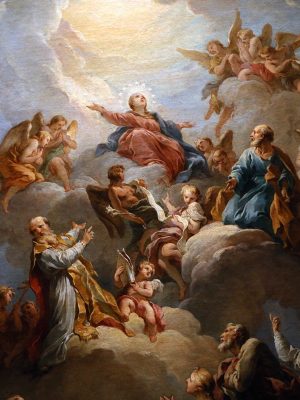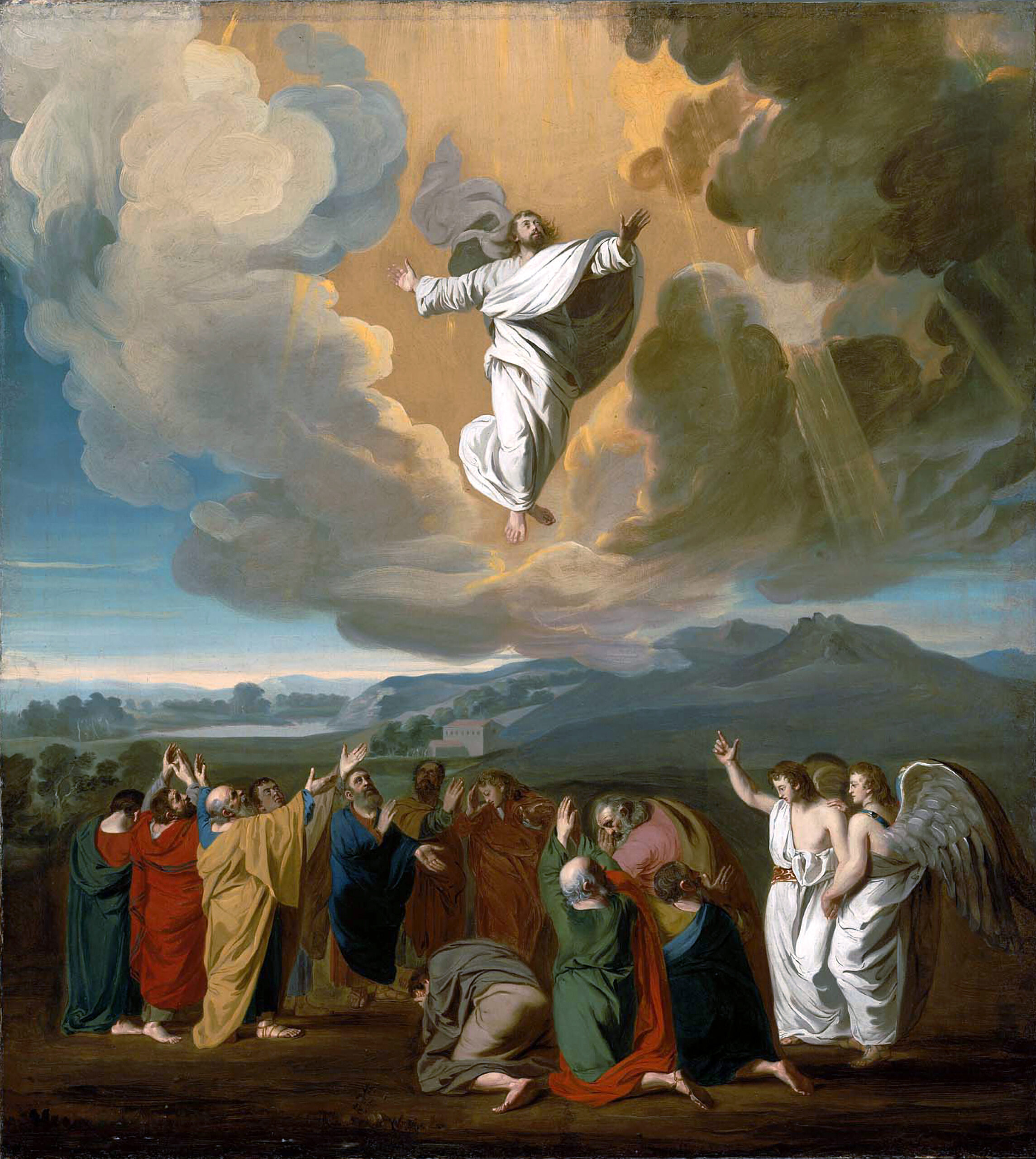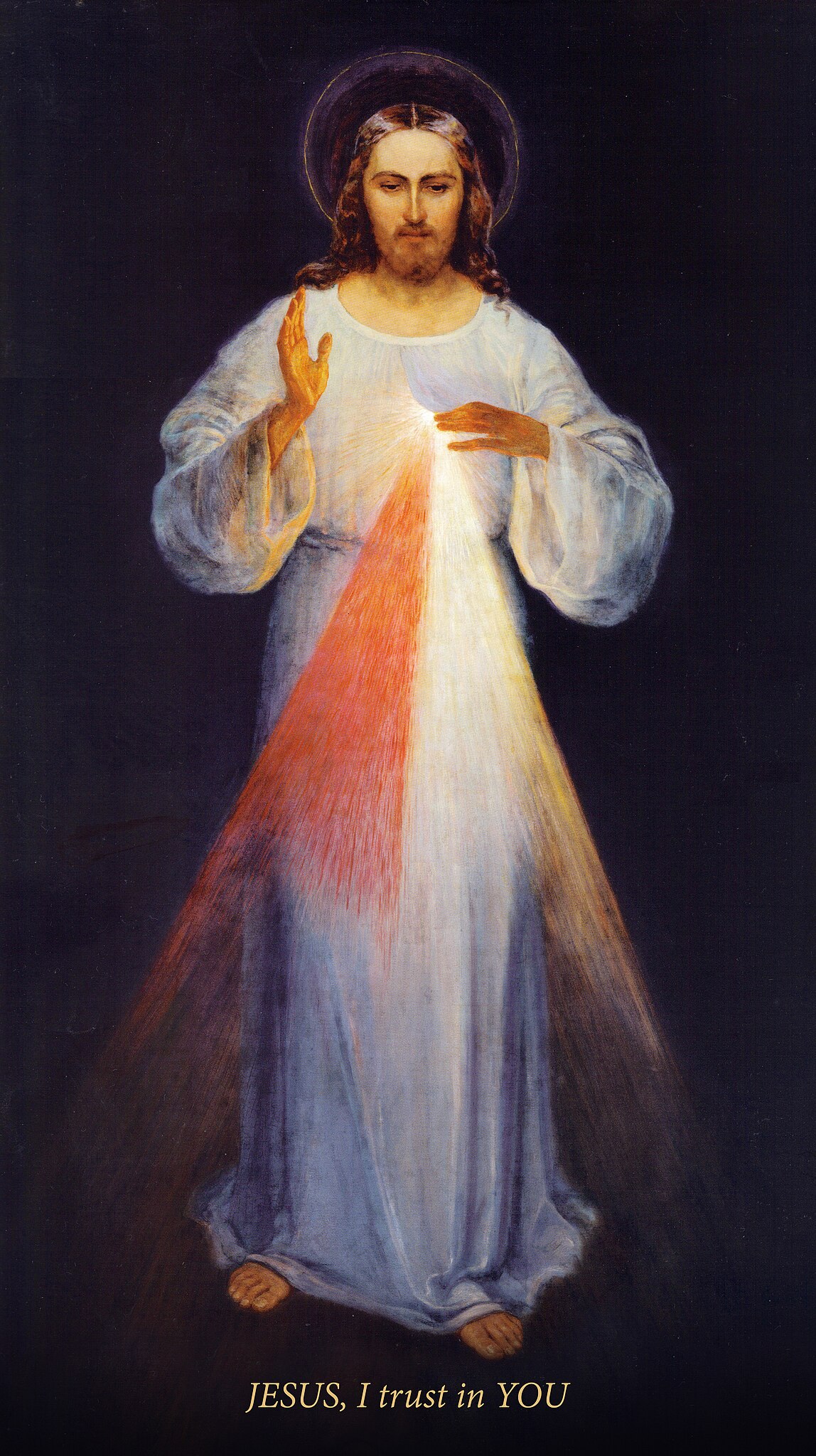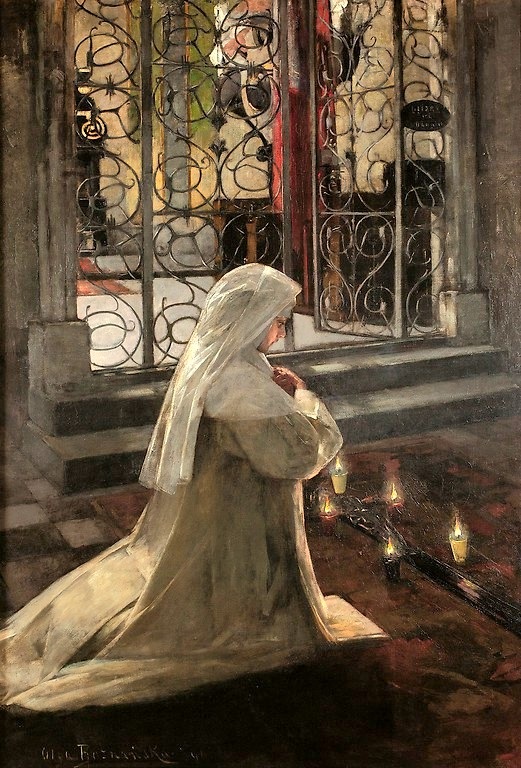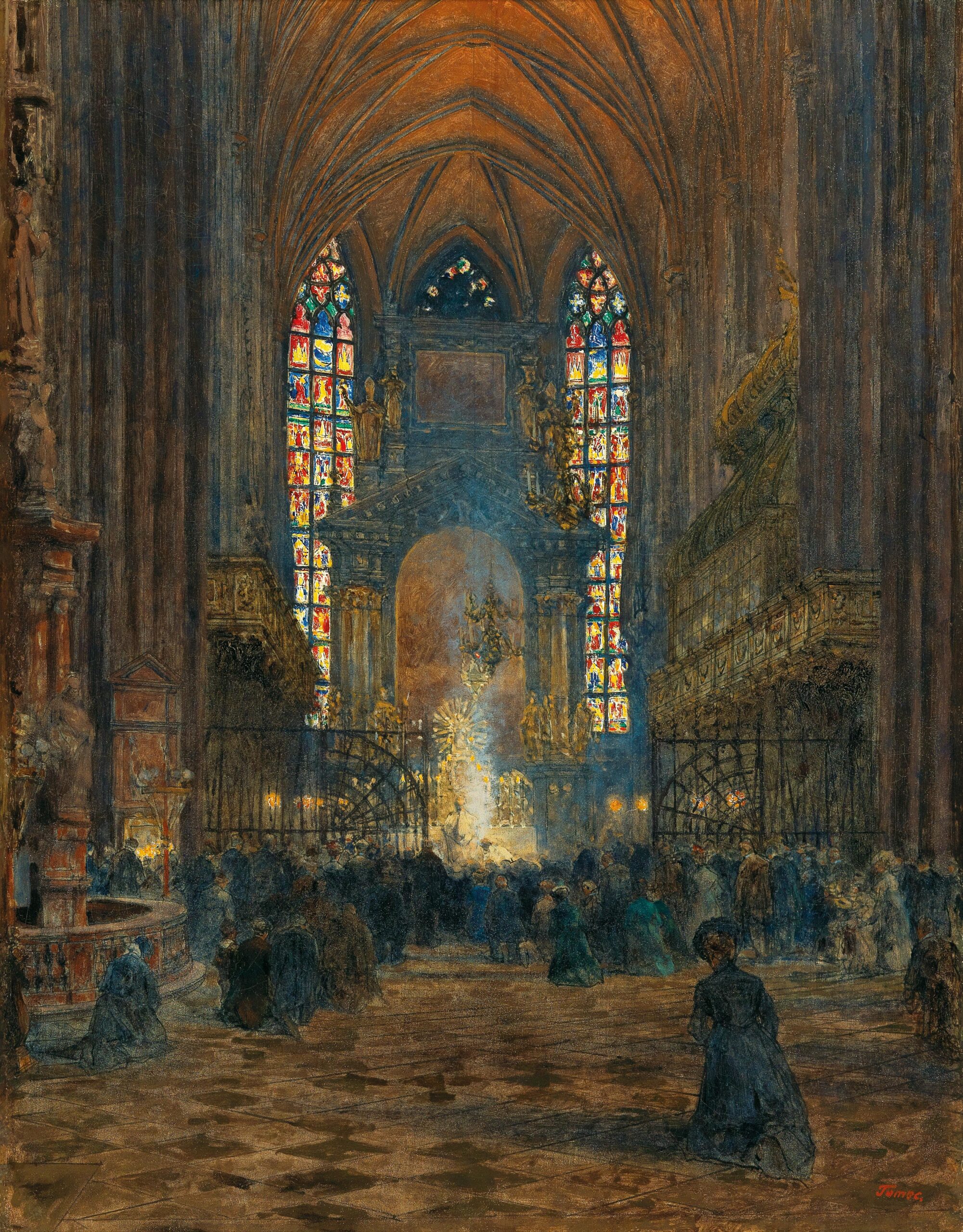“Like St. Augustine before her, our Martina, when she was still quite little, said once on All Saints’ Day, ‘As I think of it, mother, if all those people could do it, why not we?'”
-Maria von Trapp
Saint Thomas Aquinas was once asked what one did to become a saint. He responded, “Will it.” He meant, of course, that because it is already God’s will that we become saints, we need only unite our will with His.
Sometimes our wills can stand in the way. Conformity of the will of God is a big step for many in the direction of sainthood. Therefore Catholics of all ages must get to work and know something of those saints who have gone before us.
One practical work on the lives of the saints that is an excellent resource for Catholic families is The Saints and Our Children by Mary Reed Newland (published by TAN Books and soon to be reprinted and made available once again).
This TAN classic is one of the best and most interesting books on the subject of the lives of the saints and their practice of heroic virtue – written for all members of the family, but especially for children.
These stories carry the reader to heights never unimagined by many contemporary readers who know little or nothing of the saints or the lives of those who live by faith.
The book, which takes some of its inspiration from Butler’s Lives of the Saints, touches on the lives of the saints in clearly written stories with important lessons to be learned in easy to read language.
This excellent resource gives not only a fresh account of some of the most famous and beloved saints but also draws out certain examples of heroic virtue that can teach, inspire and influence children of today.
This wonderful little book was written by a Catholic parent, a mother of seven children writing in the late 1950s to a wide audience. This is an excellent aid for Catholic mothers who may be homeschooling their children today.
These are stories easily learned by parents and readily loved by children that guide and form the family in holiness and grace. For many children, it is the story that remains in the mind and heart for many years to come, pressing home important lessons that may be remembered for the rest of their lives. The stories help with challenges in life, criticism, selfishness, bad tempers, devotion at prayers, how to deal with frightful episodes, and more.
The author writes in her introduction, “Why did we choose these saints? Because these are some we have loved in our family and from whom we have learned much.”
The author explains that she wrote the book to know more about how the saints overcame obstacles, faults, and difficulties, growing in virtues and love. As a mother she wanted to know how the saints did it or rather, how they cooperated with God to become canonized saints.
How much of the making of a saint depends upon the family and how much upon special grace? The author discovered there is no answer to this question. God does not force people to become saints. Saints are formed by God’s grace.
One of the chapters, on the Holy Family of Nazareth, seeks to answer another important question: how can Catholics best imitate the Holy Family? It is hard enough to imitate the saints. It is another thing to imitate the Holy Family: Jesus, Mary, and Joseph. This, however, is not impossible for those who walk in faith.
The book’s stories are both readable and easy to understand while drawing important lessons from the saints that speak to each reader. Through this book the author made a genuine contribution in her time, and the book continues the revival of traditional Catholic homelife as a heartening resurgence of enthusiasm for Catholic culture.
The saints included in the book are many and varied. Readers draw keen insight from overlooked details in the lives of popular saints such as Don Bosco, St. Dominic Savio, St. Maria Goretti, St. Bernadette, St. Therese of Lisieux, and more.
In each story, the hand of God can be seen guiding and forming a future saint. Crucial is the role of the parents, the father and mother and the Christian home and upbringing they bring to their children. An important lesson is that saints frequently are born from homes that are both good and imperfect.
One strong message is that God relies on parents to raise up His children in the ways of heaven, in the virtues of obedience, purity, charity, perseverance, and all other virtues.
Each of the stories is geared to teach and inspire a particular virtue. For example, the story of St. Francis of Assisi and the cabbages. Another is St. Patrick and the prince or St. Catherine of Siena’s little silver cross. There is also St. Dominic and the devil, St. Perpetua’s little brother in purgatory, Fr. Damien the Leper’s confession, and many more. Each of these stories is geared to teach a particular virtue.
Teaching the lives of the saints to children and grandchildren is an excellent catechetical tool. There are so many lessons to be learned.
Parents can always lean heavily on the saints for help in teaching and correcting and making conversation with their children. This is how saint stories are best used – to make a point, to warm a heart, or to stir up new resolutions. The lives of the saints inspire all to greatness.
Young parents can benefit especially from the advice they themselves receive through reading the stories. For example, the book offers a lesson on how to prevent pride and vainglory in children. It also reveals the folly of things that are a risk to chastity or how Catholic youth can be taught to work with Christ to save souls. Also, there is St. Philip Neri, who helps with boredom, impatience, and pride. With his wit and cheerfulness during his day, this saint was able to inspire and catechize so many that otherwise were lukewarm and lacked inspiration. Meanwhile, the story of Sts. Perpetua and Felicity teaches lessons in modesty and love.
In impressing upon children certain virtues, it is important they know God has given us Himself to love. We love Him through holy lives of virtue.
Lastly, the author points to Christ as the ultimate model for holiness. The immense sadness of His sufferings must inspire us and be our guide before all else. She writes, “This is one of the things we must understand and can learn only from the lives of the saints: that in a fallen world, there will be violence and murder, torture and atrocities, but Christ has given these a relation to Himself by being their victim first.”
The will of God, wrote St. Paul, is your sanctification, and to be a saint, the Church instructs that we must practice heroic virtue. This is done, ultimately, by carrying one’s cross, as can be seen in the examples of this book. The cross is carried sometimes in the most basic of ways. God can sanctify us through the ordinary duties of our day, a surprise that can be a means of heroic virtue as God did with the saints before us.


